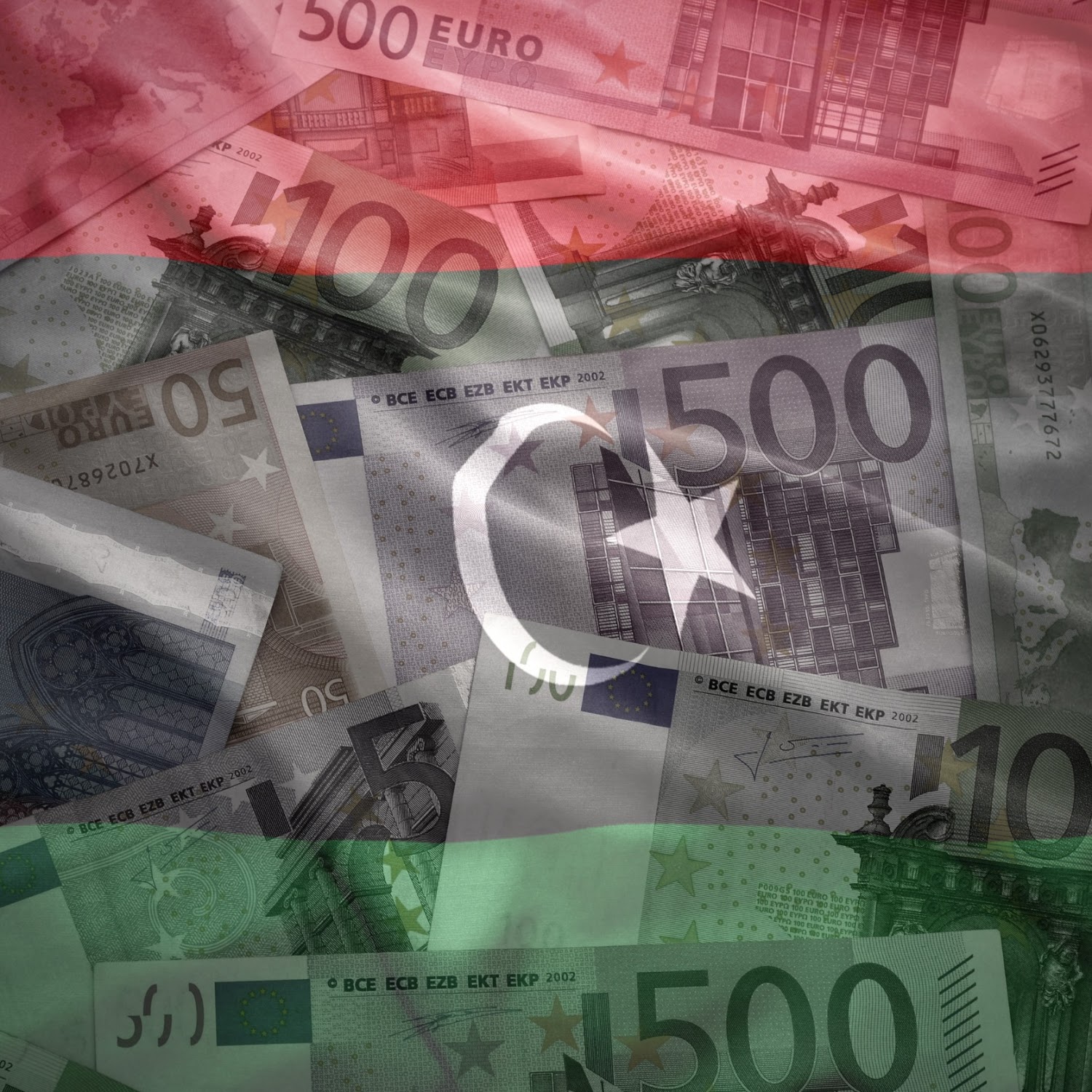
Unofficial Libyan banknotes, some printed by Russia and others illicitly produced within Libya, have been exchanged for real dollars, contributing to the devaluation of the dinar, sources familiar with the matter told Reuters.
The Central Bank of Libya issued a statement earlier this year identifying four kinds of 50-dinar notes: those officially printed for the central bank, those printed in the past by Goznak for the eastern CBL branch under Hibri, and two new issuances that it labelled counterfeit.
Despite this, they are being converted into hard currency through the black market and local banks, according to sources from Libya’s eastern government, a Libyan banking source, and diplomatic contact.
The diplomatic source said one of those issuances was of higher quality and was printed in Russia and imported. The other less sophisticated notes appear to have been printed inside Libya, the source said.
The CBL announced in April that it began withdrawing the first and second prints of 50-dinar (just more than $10) banknotes from circulation after officials discovered counterfeit prints.
The unofficial banknotes have reportedly been used to fund infrastructure projects in the east following last year’s devastating floods. The diplomatic source also noted that some of this money may be used to finance Russian mercenary operations in Libya and the Sahel.
The Sentry, an international investigative and policy group focused on corruption and war crimes, first alerted Reuters to Russia’s involvement in introducing these new banknotes into Libya.
All parties involved, Tripoli-based Central Bank of Libya, the Libyan National Army, and Russia’s state money printer, Goznak, did not give an immediate response to a written request for comment.
Libya has been divided between warring eastern and western factions since 2014. Despite a 2020 truce and ongoing efforts to formally reunify institutions, a political solution remains elusive, with new outbreaks of conflict constantly looming.
In June, the U.S. State Department sanctioned Goznak for printing more than $1 billion in counterfeit Libyan currency, without specifying where or when the notes were printed or delivered. In 2020, Russia denied U.S. claims that $1 billion in Libyan banknotes seized in Malta were counterfeit.
Russia had supplied eastern authorities with an estimated 12 billion Russian-made dinars from 2015 until a 2020 ceasefire, aiding allied eastern commander Khalifa Haftar and the government he supported in Benghazi. The provision of new banknotes this year had not been previously disclosed.
The diplomatic source said it was “a major concern” that the Russians were printing dinars being converted on the black market into hard currency and used to pay for Wagner-related debts or for the Africa Corps, the name of the Russian military presence in Africa that succeeded the Wagner group following the death of its founder, Yevgeny Prigozhin, in 2023.
The fake bank notes fueled inflation, drove down the value of the dinar, and undermined the official currency supplied by the central bank in Tripoli, according to Libyan economic analyst Mukhtar Al Jadeed.










